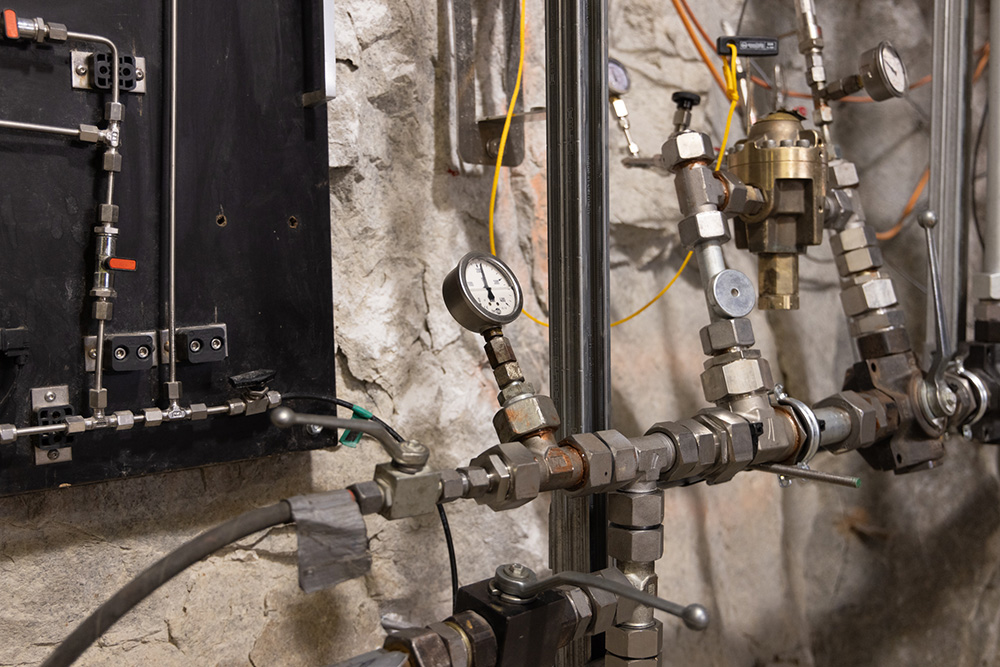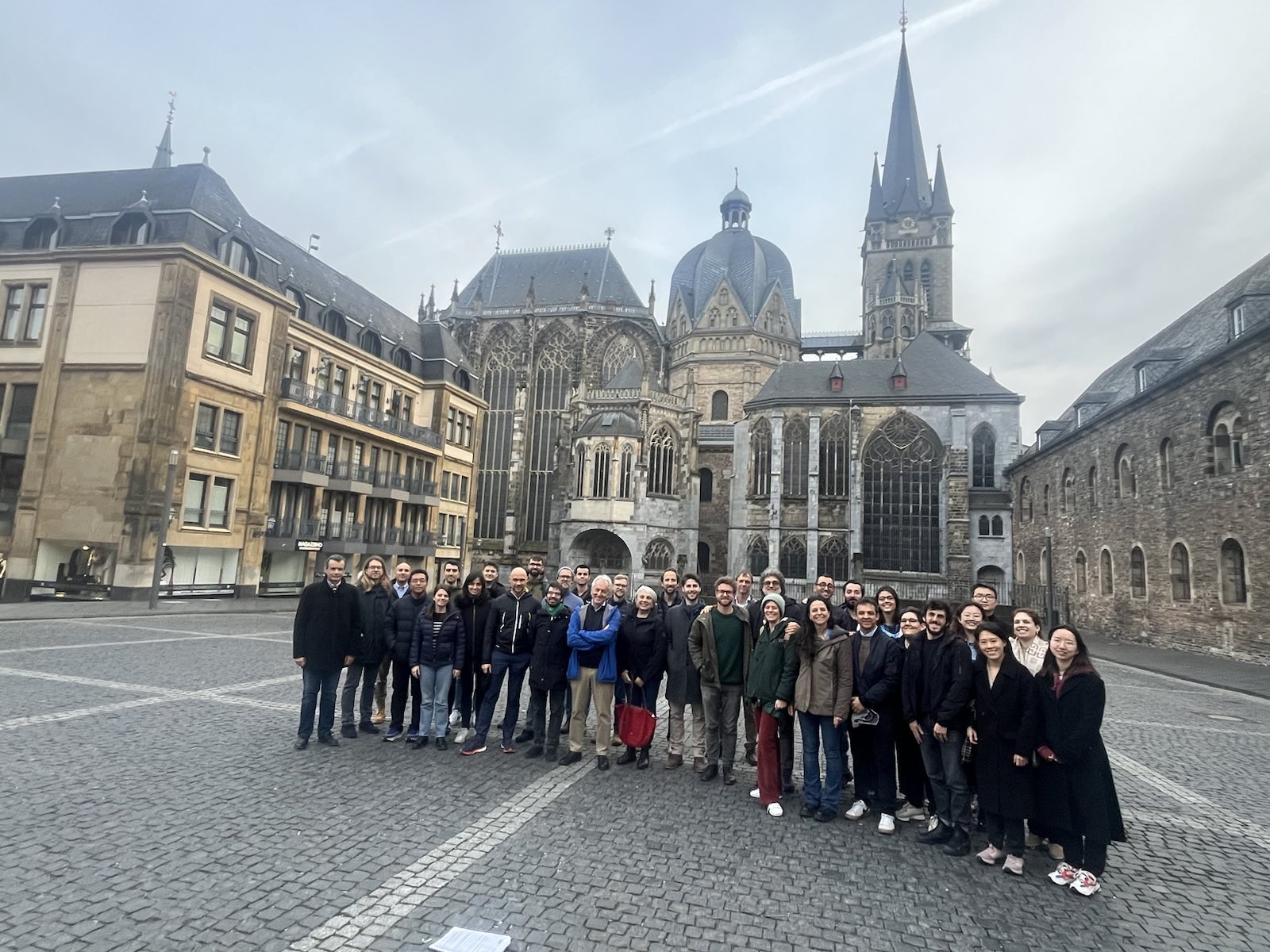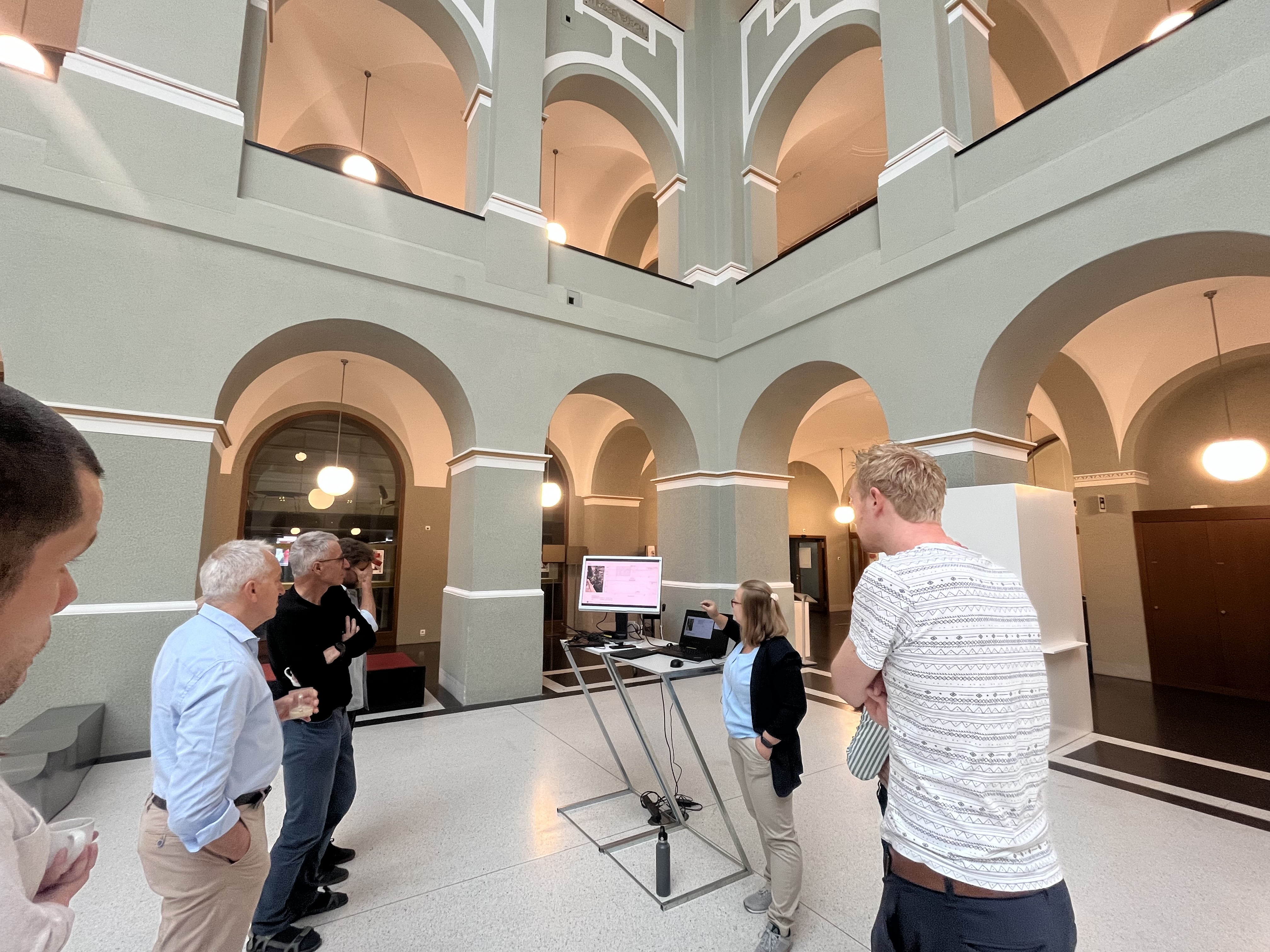Final construction phase of the new side tunnel has begun
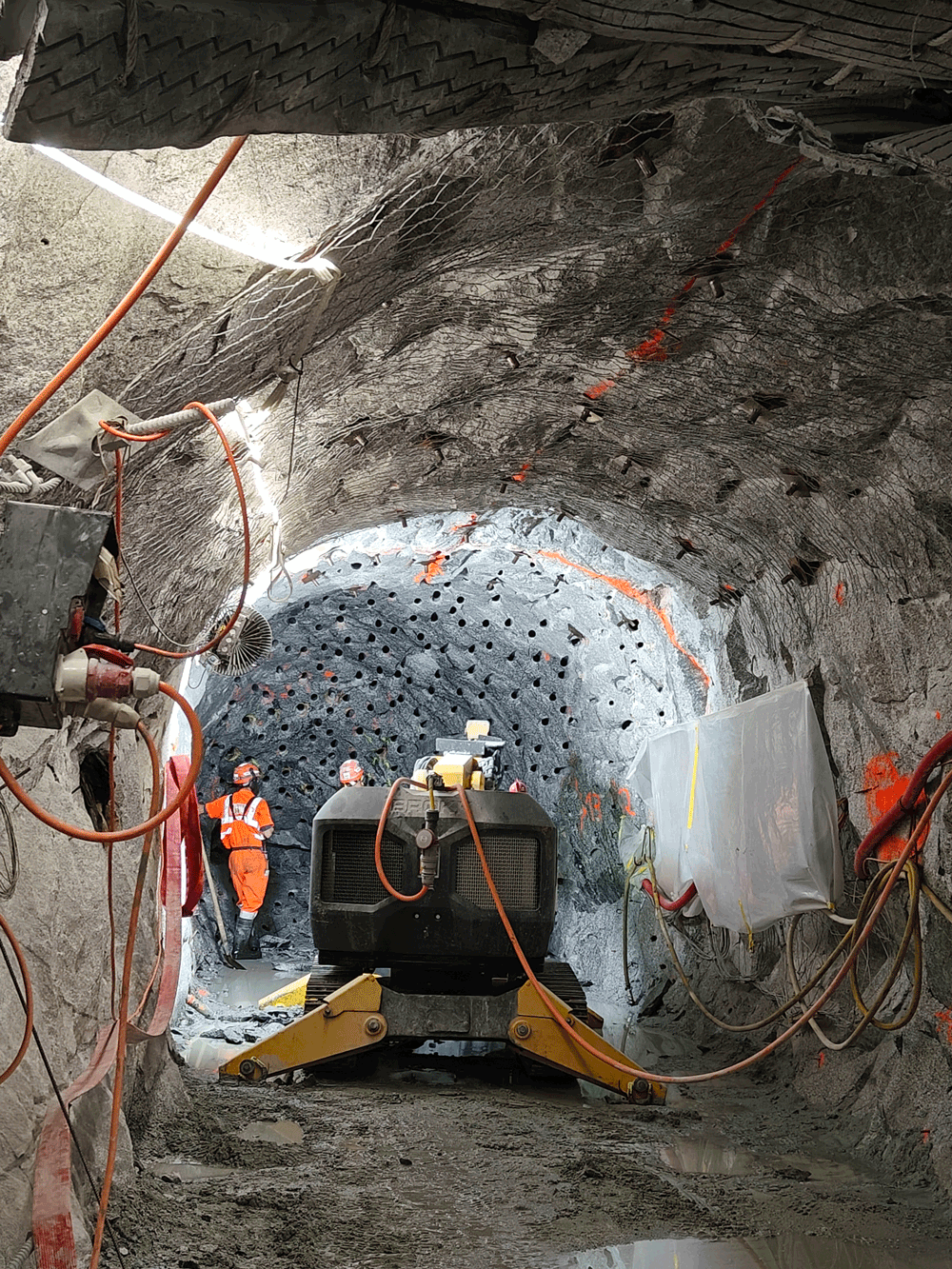
The final construction phase of the new side tunnel has recently started. About 60 meters still need to be built using drill-and-blast excavation to complete the 120-meter-long tunnel. The side tunnel is expected to be completed in the fall.
Successful injection experiment at the new Earthquake Physics Testbed of the BedrettoLab
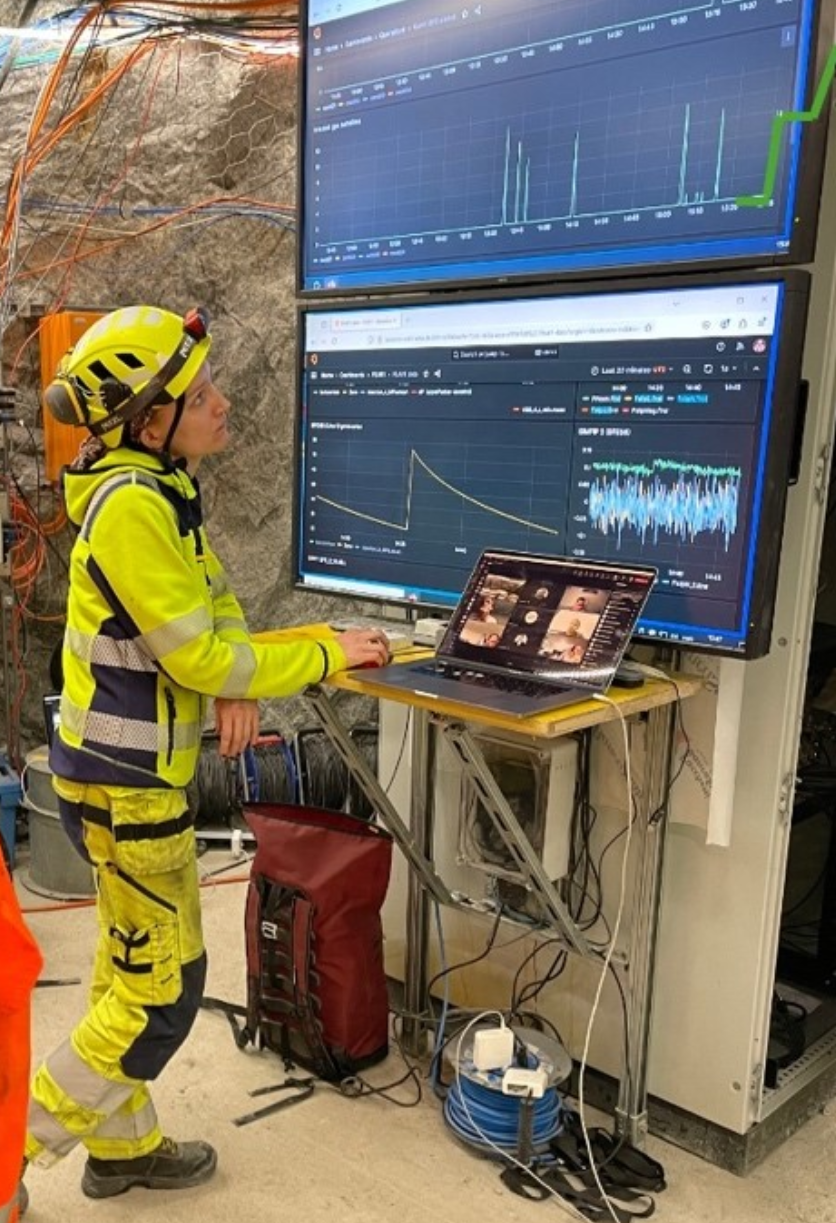
A three week long injection experiment at the new Earthquake Physics Testbed of the BedrettoLab was successfully completed in November and December 2024. The goal was to characterise how the target fault structure of the FEAR (Fault Activation and Earthquake Rupture) project responds to high-pressure water injection. The results will serve as a baseline for a series of experiments planned in the coming two years, which are aimed at understanding fault zone deformation processes.
After extensive preparation—including drilling boreholes, installing sensors, and manufacturing a specially designed fault deformation probe—the experiment commenced in late November. Over three weeks, approximately 1’100 cubic metres of water were injected into the target fault zone via two boreholes, using a custom designed remote control system. This volume is roughly equivalent to 5’600 bathtubs of water. Importantly, all water used was sourced from wells in the tunnel, ensuring no drinking water was wasted.
The injection was expected to induce a response in the fault structure due to increased pressure in the surrounding rock. Initial analysis indicates minor fault movements, with detailed calculations underway to determine the extent of this displacement. Additionally, the experiment revealed greater complexity in the fault zone than previously assumed. During high-pressure injection, small seismic events occurred more than 50 meters away from the injection site, and suggest the presence of an extensive fracture network.
These findings confirm that the fault zone can be activated, and provide crucial information for the design of the next FEAR experiments, which will focus on the controlled activation of specific fault zone segments.
Second M0 experiment finished successfully
The second multi-day hydraulic stimulation conducted in the framework of FEAR was finished successfully at the end of August. A team of about ten people monitored a stimulation lasting for about three days, injecting water with a pressure of 20 MPa.
As anticipated, the injection triggered a high level of microseismicity: our real-time monitoring workflow detected several thousand tiny earthquakes. The two largest events reached a magnitude of around -1.0. This is equivalent to when rocks rupture in an area of one meter in diameter and move by up to 1 millimetre.
The experiment was conducted according to a previously designed protocol. With the new remote-control system, the entire experiment and monitoring could be conducted from a control room at ETH Zurich and the Barracke near the tunnel entrance in Ronco, with no one in the tunnel.
Now, the team is busy analysing the rich data set and preparing for the next experiments in November and December 2024.
Continuation of the M0 experiment
Following the successful M0 experiment in late April, a new extended hydraulic stimulation experiment is scheduled for late August. The objective is to replicate the results of the previous test, which triggered, as planned, an earthquake with a magnitude of about 0. The now schedulded experiment will involve a shorter, high-pressure stimulation (20 MPa) lasting a maximum of three days.
This approach will help determine if the seismicity characteristics remain consistent with or differ from the prior experiment, which involved several days of rock mass preconditioning at intermediate pressures (15 MPa).
The potential risks associated with these experiments are considered low. However, safety measures have been implemented, including remote-controlled pump circuits that allow the experiments to be conducted without personnel in the tunnel. Additionally, predefined thresholds for magnitude and ground motion will trigger the halt of the injection to avoid any dangerous ground motions to occur.
FEAR annual meeting (13-15th March 2024)
The FEAR annual meeting was held in Aachen this year from 13 to 15th March. The meeting included presentations and updates of each working group as well as poster sessions.
Besides fruitful discussions on FEAR and the upcoming experiments, some social activities like a geological tour of Aachen gave opportunities to broaden the horizon and also have some fun.
ERC TECTONIC-FEAR Seminars on Earthquake Physics
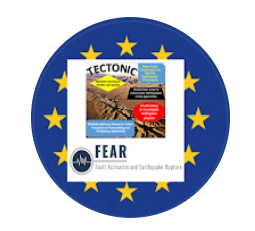
The weekly virtual seminars on the physics of earthquake faulting and the application of Machine Learning to earthquake science are available online.

